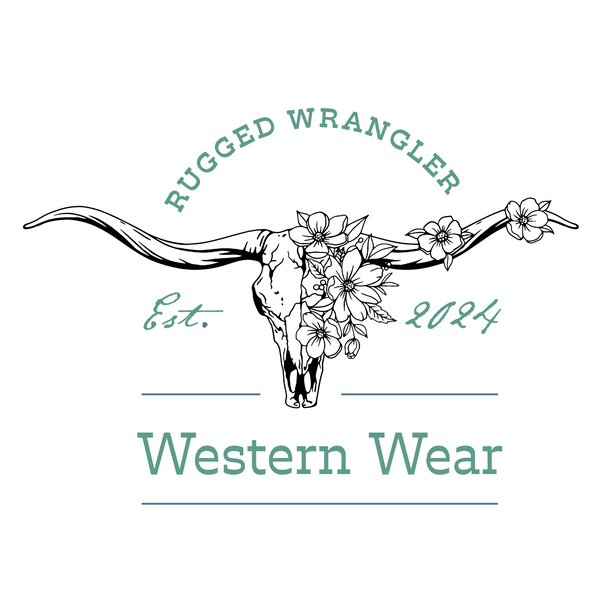
From Hide to Heirloom: The Art of Crafting a Handcrafted Leather Wallet
From Hide to Heirloom: The Art of Crafting a Handcrafted Leather Wallet

There’s something timeless about a handcrafted leather wallet. Unlike mass-produced options, each handmade wallet carries the mark of the maker — careful choices, precise techniques, and a promise to age beautifully. Here’s how we turn a veg-tan hide into an heirloom-quality wallet.
1. Selecting and Cutting the Hide
The process starts with selecting vegetable-tanned leather for its strength, natural texture, and ability to develop a rich patina. We inspect the hide for consistency, grain, and any natural marks that might add character. Then we measure and cut out each piece precisely using a sharp knife or leather shears and durable patterns to ensure every panel aligns perfectly in the final assembly.
2. Tooling: Adding Character
Tooling is where the leather begins to tell a story. With stamps, bevelers, and a steady hand, I carve patterns, borders, or custom artwork into the exterior. Tooling not only decorates — it enhances the surface detail so dye and antiquing will play across the design.
3. Dyeing and Antiquing
Dyeing brings the hide to life. I apply dye carefully, often in light layers, to let the leather's texture show through. Antiquing adds depth by concentrating darker pigment in the tooling and recessed areas so the design stands out. The result is a rich, dimensional finish that reveals more character with wear.
4. Sealing with a Finish
After dyeing, a protective finish is applied. This seals in color, repels moisture, and offers abrasion resistance. Depending on the wallet’s intended look and use, finishes range from a matte wax to a more protective polymer coat. Finishing also makes the wallet easier to maintain.
5. Choosing the Interior Leather
The interior must be functional and balanced with the exterior. I select a thinner, supple leather for the lining and card slots so the wallet remains low-profile while still strong. The grain and tone are chosen to complement the exterior color and overall aesthetic.
6. Measuring Card Slots & Adding Inner Vinyl
Precision matters for functionality. Each card slot is measured to the millimeter so cards slide in and out securely without stretching the leather. For added durability and a clean look, we add inner vinyl sleeves to hold the cards.
7. Saddle Stitching: Building Longevity
I then take it over to my sewing machine and place the stitches exactly where they need to be. Every stitch is placed with intention — consistent tension, evenly spaced, and trimmed and tucked so seams are beautiful and built to last.
8. Burnishing & Finishing the Edges
The final touch is the edge work. I bevel, sand, and burnish each edge to remove roughness, then apply edge dye and burnish again to achieve a smooth, sealed finish. This step improves comfort in the pocket and protects the leather layers from fraying.
The Result: A Functional Work of Art
When all these steps come together — precise cutting, thoughtful tooling, careful dyeing, smart material choices, meticulous stitching, and polished edges — the result is more than a wallet. It’s a durable, personal accessory that will age with you and tell a story only a handcrafted piece can.
